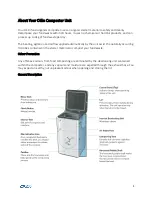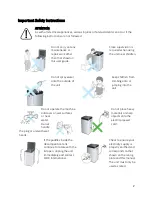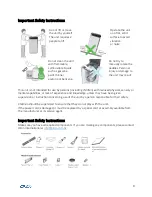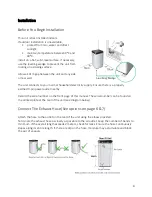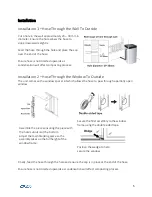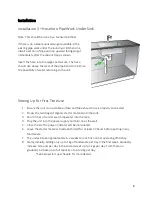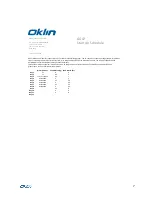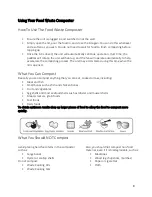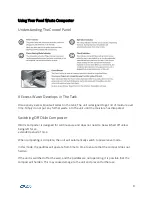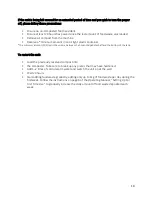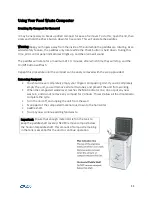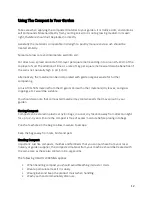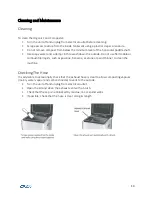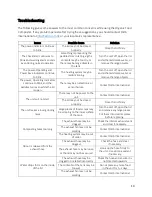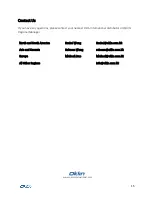
12
Using The Compost In Your Garden
Take care when applying the composted material to your garden. It is mildly acidic, and contains
salt compounds. Material directly from your Organics Unit is not a growing medium in its own
right, therefore should not be planted in directly.
Generally the material is comparable in strength to poultry manure and as such should be
treated similarly.
Spread at a low rate and incorporate well into soil.
For direct use, spread around a 5mm layer per square metre and dig in to around 5–10cm of the
top layer of soil. The addition of lime at a rate of 1kg per square metre would also be beneficial if
the soil is not naturally high in pH (>7pH).
Alternatively, the material can be incorporated with garden organic waste for further
composting.
A mix of 30–50% material from the Organics Unit with other materials (dry leaves, and grass
clippings etc..) would be suitable.
You should also note that composted material may contain seeds that may sprout in your
garden.
Storing Compost
Compost can be stored in plastic or nylon bags, in a cool, dry location away from direct sunlight,
for up to 2–3 years. Ensure the compost is free of excess moisture before placing into bags.
Punch a few holes in the bag to allow moisture to escape.
Keep the bags away from rats, birds and pets
Handing Compost
Important: Just like composts, mulches and fertilisers that you can purchase from your local
nursery or garden supplier, the composted material from your machine should be treated with
the same care as these also contain micro-‐organisms.
The following HEALTH WARNING applies:
•
When handling compost you should avoid breathing its dust or mists.
•
Wear a particulate mask if it is dusty.
•
Wear gloves and keep the product moist when handling.
•
Wash your hands immediately after use.
Summary of Contents for GG02
Page 1: ...GG02 Composting Machine...
Page 2: ......



